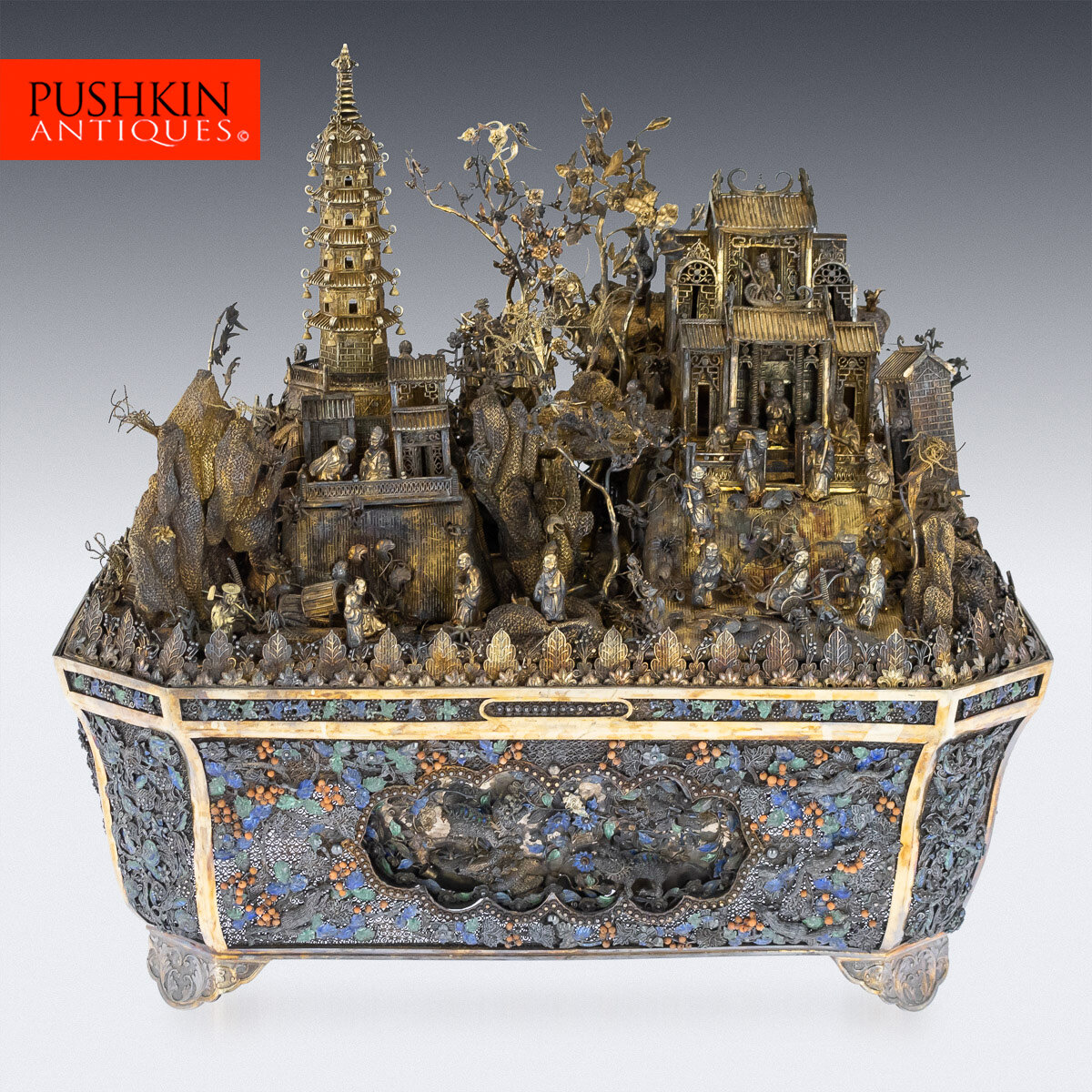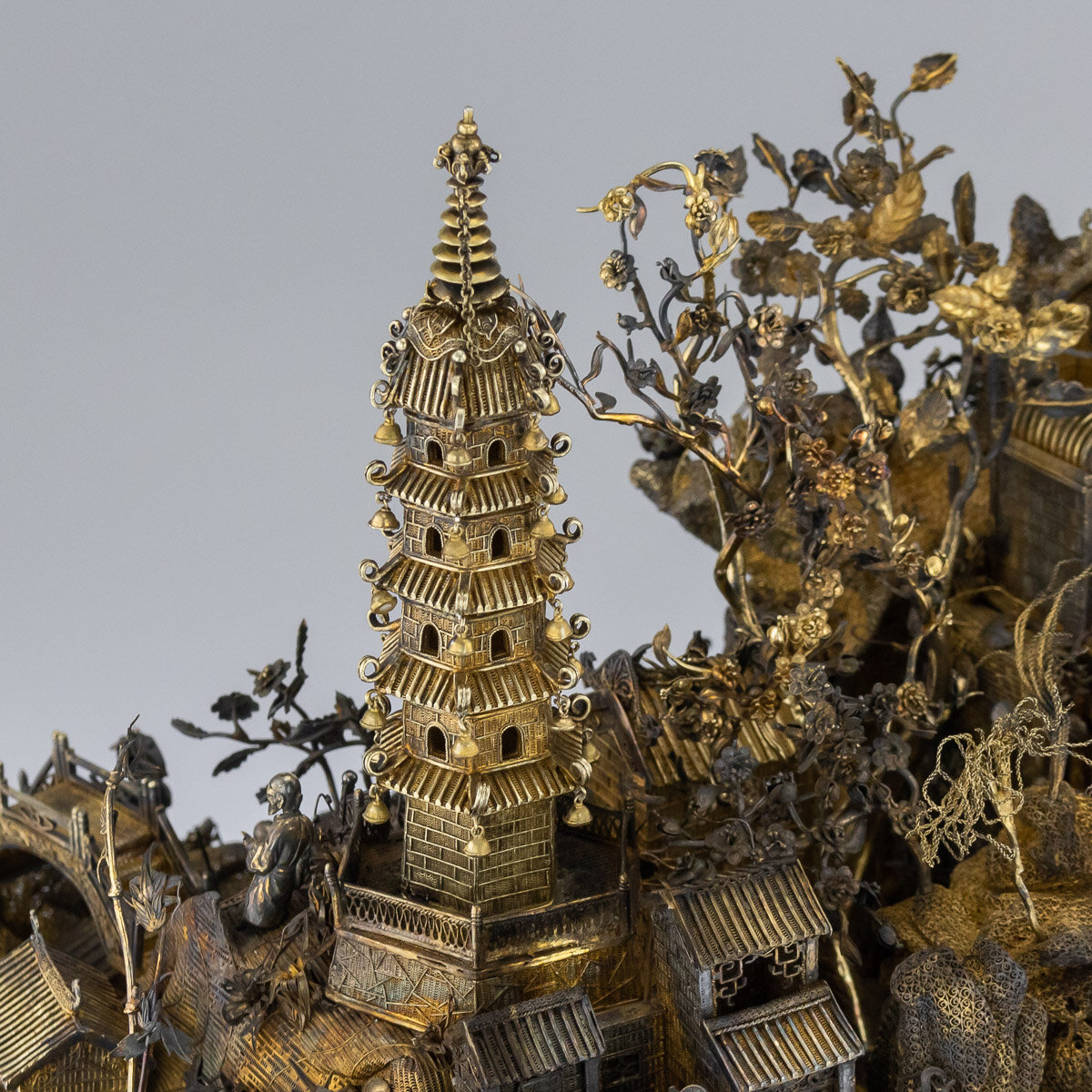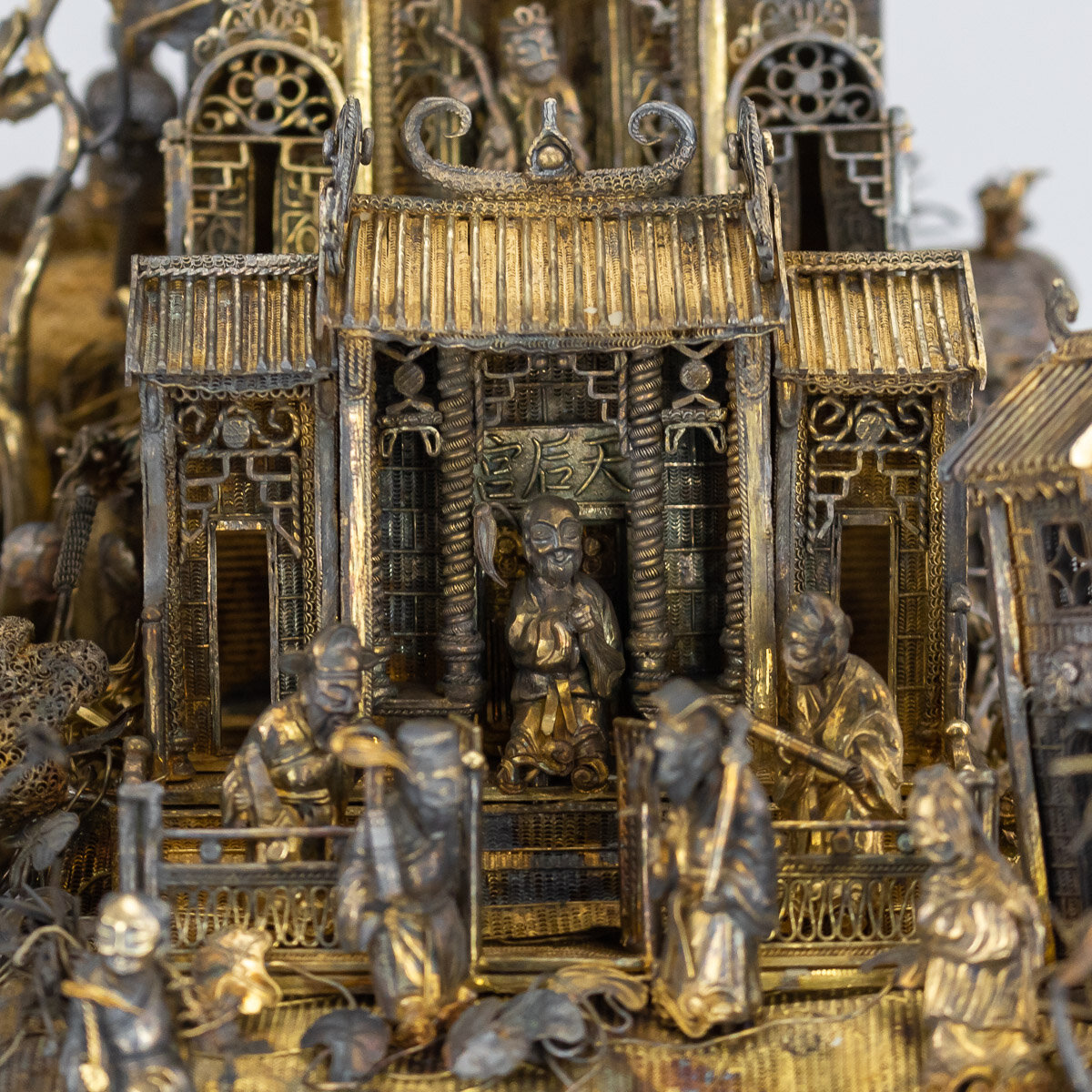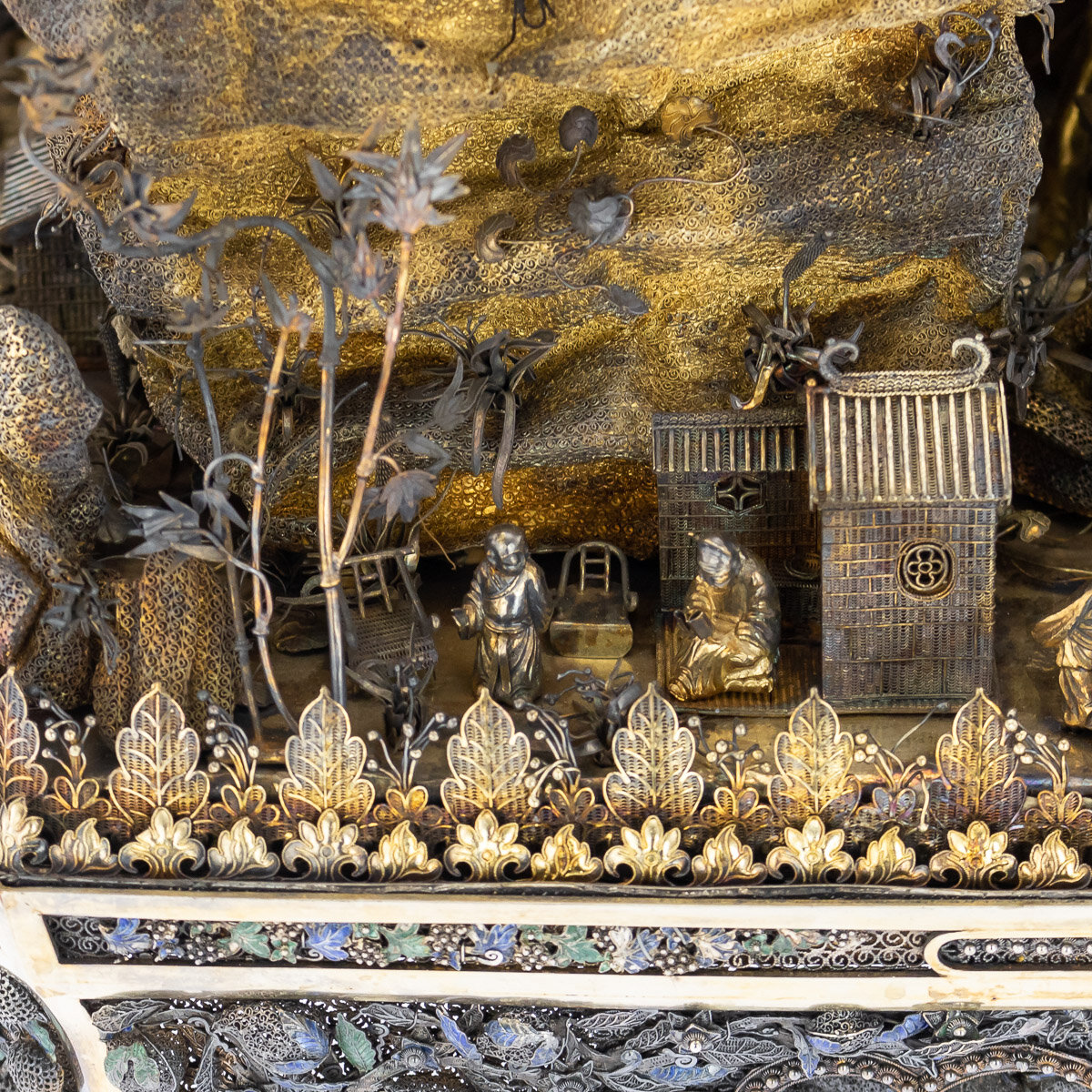 Image 1 of 34
Image 1 of 34

 Image 2 of 34
Image 2 of 34

 Image 3 of 34
Image 3 of 34

 Image 4 of 34
Image 4 of 34

 Image 5 of 34
Image 5 of 34

 Image 6 of 34
Image 6 of 34

 Image 7 of 34
Image 7 of 34

 Image 8 of 34
Image 8 of 34

 Image 9 of 34
Image 9 of 34

 Image 10 of 34
Image 10 of 34

 Image 11 of 34
Image 11 of 34

 Image 12 of 34
Image 12 of 34

 Image 13 of 34
Image 13 of 34

 Image 14 of 34
Image 14 of 34

 Image 15 of 34
Image 15 of 34

 Image 16 of 34
Image 16 of 34

 Image 17 of 34
Image 17 of 34

 Image 18 of 34
Image 18 of 34

 Image 19 of 34
Image 19 of 34

 Image 20 of 34
Image 20 of 34

 Image 21 of 34
Image 21 of 34

 Image 22 of 34
Image 22 of 34

 Image 23 of 34
Image 23 of 34

 Image 24 of 34
Image 24 of 34

 Image 25 of 34
Image 25 of 34

 Image 26 of 34
Image 26 of 34

 Image 27 of 34
Image 27 of 34

 Image 28 of 34
Image 28 of 34

 Image 29 of 34
Image 29 of 34

 Image 30 of 34
Image 30 of 34

 Image 31 of 34
Image 31 of 34

 Image 32 of 34
Image 32 of 34

 Image 33 of 34
Image 33 of 34

 Image 34 of 34
Image 34 of 34



































ANTIQUE 18thC CHINESE SILVER-GILT FILIGREE, ENAMEL & GEM SET CENTREPIECE c.1750
18th Century Chinese silver-gilt filigree & gem set, table ornament. The jardinière-form base on four panel supports chased with foliage below a plain frame enclosing Fu Dogs in filigree within cartouches of enamelled flowers within borders of fringed silver beadwork, the filigree surrounds applied with stylised trailing vines with enamelled leaves and coral beads, the angle panels similarly decorated with birds inhabiting enamelled flowering foliage; above rises a stylised mountain inspired by Chinese mythology, composed of folded and formed filigree sheets applied with many details, including figures, flowering leafy plants, buildings and a bridge rising to a tiered pagoda hung with bells, in early 20th century dark blue velvet lined wood case.
Reference Number: A6726
18th Century Chinese silver-gilt filigree & gem set, table ornament. The jardinière-form base on four panel supports chased with foliage below a plain frame enclosing Fu Dogs in filigree within cartouches of enamelled flowers within borders of fringed silver beadwork, the filigree surrounds applied with stylised trailing vines with enamelled leaves and coral beads, the angle panels similarly decorated with birds inhabiting enamelled flowering foliage; above rises a stylised mountain inspired by Chinese mythology, composed of folded and formed filigree sheets applied with many details, including figures, flowering leafy plants, buildings and a bridge rising to a tiered pagoda hung with bells, in early 20th century dark blue velvet lined wood case.
Reference Number: A6726
18th Century Chinese silver-gilt filigree & gem set, table ornament. The jardinière-form base on four panel supports chased with foliage below a plain frame enclosing Fu Dogs in filigree within cartouches of enamelled flowers within borders of fringed silver beadwork, the filigree surrounds applied with stylised trailing vines with enamelled leaves and coral beads, the angle panels similarly decorated with birds inhabiting enamelled flowering foliage; above rises a stylised mountain inspired by Chinese mythology, composed of folded and formed filigree sheets applied with many details, including figures, flowering leafy plants, buildings and a bridge rising to a tiered pagoda hung with bells, in early 20th century dark blue velvet lined wood case.
Reference Number: A6726
DESCRIPTION
Antique mid-18th Century extremely rare Chinese silver-gilt filigree & gem set, table ornament. The jardinière-form base on four panel supports chased with foliage below a plain frame enclosing Fu Dogs in filigree within cartouches of enamelled flowers within borders of fringed silver beadwork, the filigree surrounds applied with stylised trailing vines with enamelled leaves and coral beads, the angle panels similarly decorated with birds inhabiting enamelled flowering foliage; above rises a stylised mountain inspired by Chinese mythology, composed of folded and formed filigree sheets applied with many details, including figures, flowering leafy plants, buildings and a bridge rising to a tiered pagoda hung with bells, in early 20th century dark blue velvet lined wood case, with label : 'CABINET MAKER Dorabji N. Mistry 18 Tamarind Lane, Fort, BOMBAY'
The State Hermitage Museum in St. Petersburg has an unrivalled group of 17th and 18th century Chinese filigree with provenances, thanks to old inventories, dating back some 230 years. The lack of such information for most examples of antique filigree has long hampered research into the history of this exacting branch of ancient Chinese craftsmanship. Perhaps the most spectacular pieces in the Russian collection are those which comprise an elaborately wrought silver and silver-gilt toilet service, much of the workmanship of which parallels that of this present 'mythical island' table ornament.
The toilet service has been described in detail by Maria Menshikova, Senior Research Fellow, Curator of Chinese Decorative Arts and Jewellery in the Oriental Department at the Hermitage. (Silver Wonders from the East: Filigree of the Tsars, London, 2006, pp. 42-57) It is thought to have been made in Canton in the 1730s/40s and is known to have been in Russia before 1789 and very likely by 1777 when Empress Catherine II described to a correspondent the entresols or annexes where she kept her Eastern exotica; 'here everything is imbued with the ambrosia of Asia,' she wrote.
The toilet service and 'mythical island' share many characteristics in their making as well as 'signature scrolls', flourishes and other details in the way the finely drawn wires are rendered.
Present on both are small silver beads (formed by melting short sections of wire) fringed with curled wire to form flowerheads (see surround on recess cartouche on previous page); clusters of deep U-shaped wires soldered together for rounded forms of animals (such as the shǔ within the cartouches on the sides of the base of the 'mythical' island' and body of the exotic bird that sits on top of the toilet service, see fig.1);
large areas of small connected textured scrolls for backgrounds, & including some of the 'hills' and 'rockwork' (formed from flattened barley-sugar twisted wire cut into tiny lengths and soldered together, see fig.2); sheets of filigree of a different character (formed from very small shallow U-shaped elements soldered together, see fig.3), which is particularly well handled for the heads and bodies of the dragons on the toilet service mirror, as well as rockwork on its two peacock ornaments and for the hills which support the buildings of the 'mythical island'; flowerheads and lily pads cut from plain sheet silver and applied with corded wire borders (see fig.2 and fig.3), forming 'cells,' some of which are enamelled as on the base of the table ornament); the shapes of leaves and construction of the trees and other foliage. In addition, the outlines of two foliate flourishes set with diamonds on the toilet service mirror support, closely resemble the motifs on the panel supports of the 'mythical island'.
The dearth of information about such pieces as well as the very few surviving examples of these delicate early works renders a thorough study of them extremely problematic. Documented objects with solid provenances are exceptionally rare. The pair of Chinese filigree-clad sprinklers at Powis Castle are an exception. Brought back to England by Lady Henrietta Clive, Countess Powis (1758-1830), daughter-in-law of Robert Clive, 1st Baron Clive ('Clive of India,' 1725-1774), first British Governor of the Bengal Presidency, their associated saucers are inscribed to the effect that they were found in 'the sleeping apartment of Tipu Sultan on 4 May 1799.' On that very day Tipu Sultan, known as the 'Tiger of Mysore,' a relentless enemy of the East India Company, was killed by British-led forces while defending his fort at Seringapatam. Of his possessions which were not looted, many were sold by Dobbin & Hogg of Madras, including, in June 1802, 'Two Gold and Silver Fillagreed WAITERS of Suprior Workmanship, set with Rubies and Emeralds.' (Madras Courier, Madras, Wednesday, 30 June 1802, p. 4c)
Other interesting examples of filigree (presumed to be 18th century) were those sold in 1853 among the contents of Daylesford House, Worcestershire, the home of Warren Hastings (1732-1818), former Governor of the Presidency of Fort William, Bengal:
'411 A pair of very exquisite silver gilt and enamelled Oriental filigree scent bottles, 11 in. high, under glass shades
'412 A beautiful Oriental silver filigree ornament, representing a Garden Scene with peacock and other birds, fish, &c., on silver filigree stands, under glass shades
'413 A ditto'
Although now presumed lost, lots 412 and 413, the 'Garden Scene with peacock' and its companion appear to have been very similar to the two ornaments which formed part of the aforementioned toilet service in the Hermitage, listed in the 'Description of 1789' inventory as 'two low rectangular socles on gilded feet, on which trees with green leaves have been set . . . each with two peacocks.' A comparable 18th century Chinese parcel-gilt silver and polychrome enamel ornament in the form of a parrot on rectangular base complete with small trees, was sold last year at Sotheby's, London, (11 November 2019, lot 12). The characteristic workmanship of the last, particularly in the formation of the bird's body from deep U-shaped wires soldered together, firmly links it with elements of the Hermitage's Chinese toilet service, and the present 'mythical island' ornament.
Most intriguing of all is the 'model in silver parcel-gilt filigree of a pagoda and buildings, surrounded by trees; presented by the Hon. Mr. Whampoa' to Prince Alfred, Duke of Edinburgh (1844-1900), second son of Queen Victoria, while on his visit to the Far East in 1869. This was later described as 'a marvel of Chinese filigree, in silver and silver parcel-gilt, of pagoda and trees.' (Catalogue of Water-Colour Sketches . . . Together with Selections from the Objects of Science and Art, Collected by His Royal Highness, and Lent for Exhibition in the South Kensington Museum, London, 1872, p. 52, no. 458; The Morning Advertiser, London, Friday, 26 January 1872, p. 3b)
Given the importance of Mr. Whampoa, an affluent and influential English-speaking Chinese merchant of Singapore who was born at Whampoa near Canton, whose real name was Hoo Ah Kay (1816-1880), this gift, in honour of his royal guest, is unlikely to have been insignificant and may indeed have been another remarkable 'mythical island' ornament similar to the example in this present lot.
Although a search for the present whereabouts of Prince Alfred's gift has failed, and therefore its exact form is unknown, it may well have come from either Whampoa's own collection or an object he acquired by way of trade. A visitor to Whampoa's emporium in 1852 described the lower part of his building as 'a sort of grocery, or provision store, and counting-room; up stairs is a dry goods, millinery, and general curiosity shop, containing the greatest variety of fancy articles, rice paintings, filigree card-cases, crape shawls, etc.' (Jeanie Mort Walker, Life of Capt. Joseph Fry, The Cuban Martyr, Hartford, 1875, p. 91)
Another writer, recalling a visit in about 1870 to Mr. Whampoa's private house and gardens, described him as a 'well-educated gentleman, speaks English perfectly, and is a member of the town council. His house, three miles from the town, is a complete museum, filled with the most expensive and beautiful curios from all countries, while his gardens – he is a great lover of flowers – are one of the ''lions'' of the place. . . .' (Frank Vincent junior, The Land of the White Elephant . . . A Personal Narrative of Travel and Adventure in Farther India embracing the Countries of Burma, Siam, Cambodia, and Cochin-China (1871-2), London, [1873], ch. X, 'To Malacca and Singapore,' p. 112)
Research and description courtesy of Sotheby's London.
CONDITION
In Great Condition - No Damage.
SIZE
Height: 40cm
Width: 39 x 32cm
Weight: 5400g
